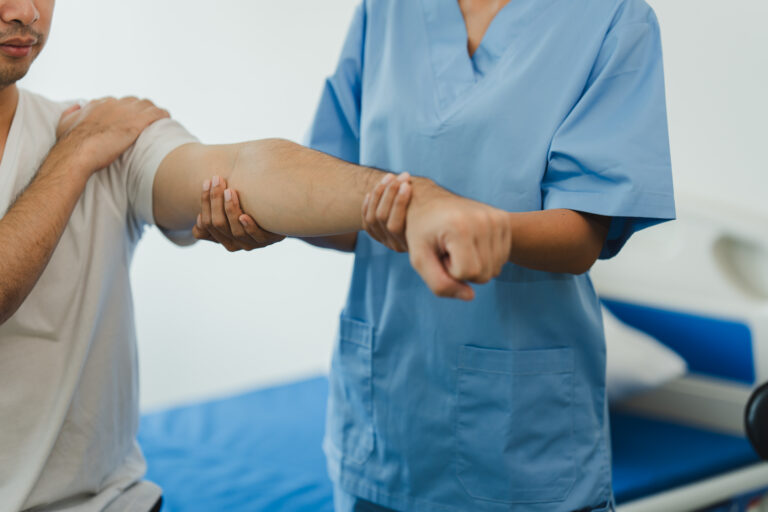Pre & Post-operative rehabilitation
Strategies for Pre & Post-operative Rehabilitation
Effective pre and post-operative rehabilitation is crucial to optimizing recovery after surgery and ensuring the best possible outcomes. Pre-operative rehabilitation focuses on preparing the body physically and mentally for surgery. This may include strengthening muscles, improving joint flexibility, and addressing any existing physical limitations that could hinder the healing process. In some cases, patients may also undergo cardiovascular conditioning or pain management techniques to reduce post-surgical complications. Post-operative rehabilitation, on the other hand, is centered around recovery, restoring function, and preventing complications like stiffness or muscle atrophy. Tailored rehabilitation programs typically include physical therapy, exercises to regain strength and mobility, and gradually increasing activity levels. The timing and intensity of rehabilitation are critical; early, controlled movement and gradual progression are vital for preventing complications such as blood clots or joint stiffness. Moreover, a well-structured rehabilitation plan, supported by medical professionals, can reduce recovery time, improve the return to daily activities, and minimize the risk of re-injury. By adopting a holistic approach that includes proper nutrition, pain management, mental well-being, and consistent rehabilitation, patients can maximize their recovery and achieve long-term success following surgery.


